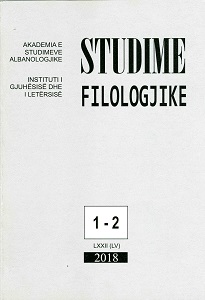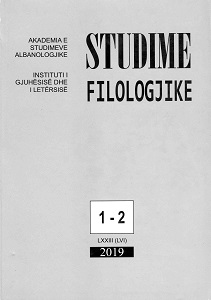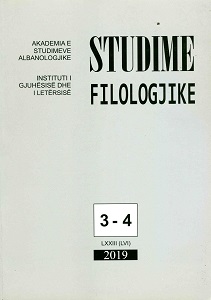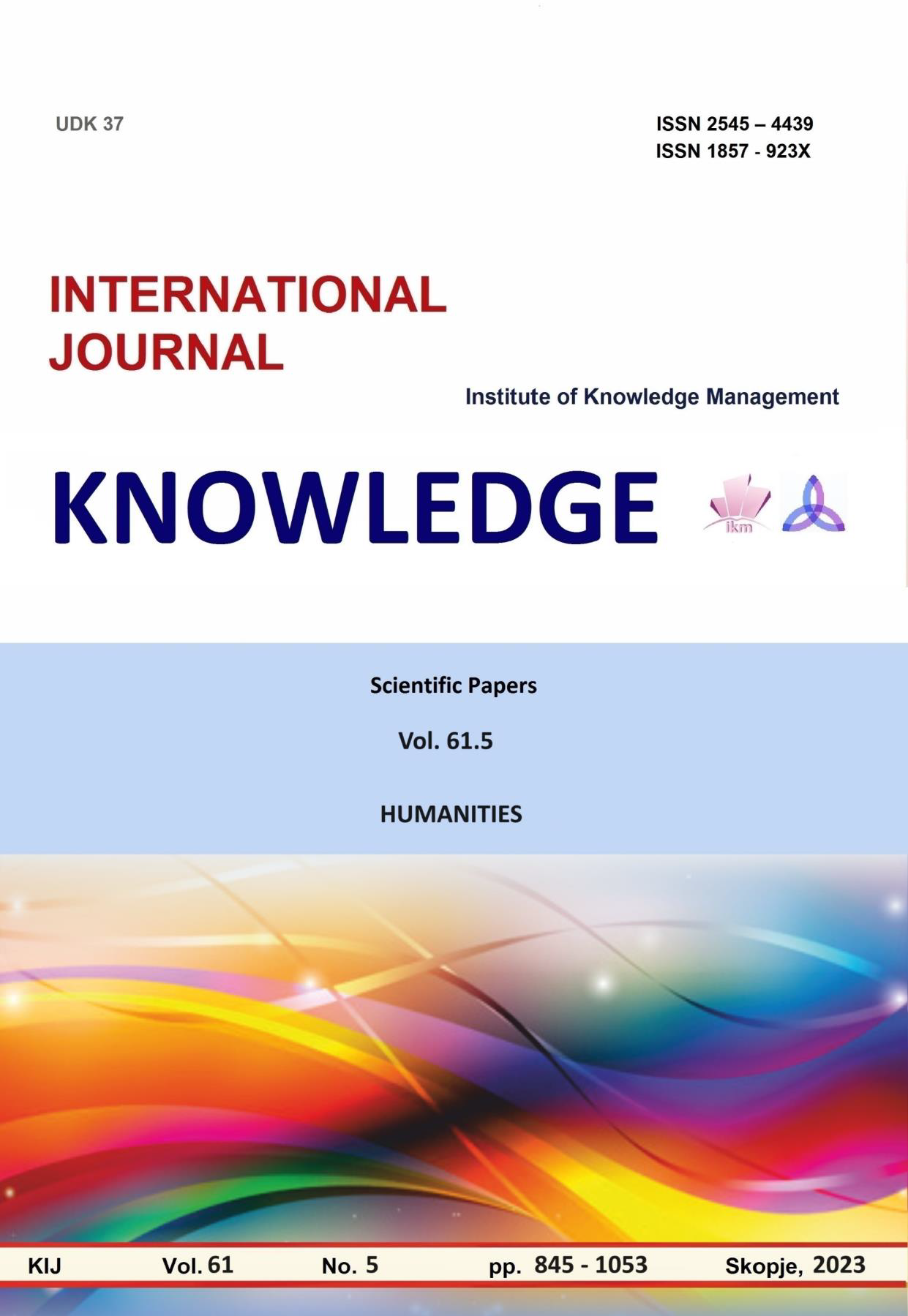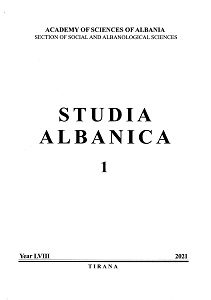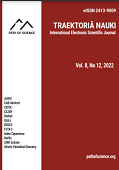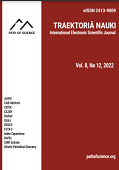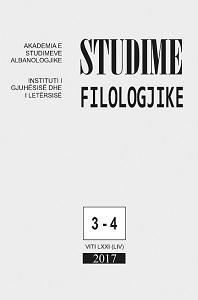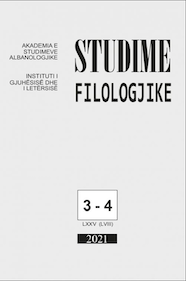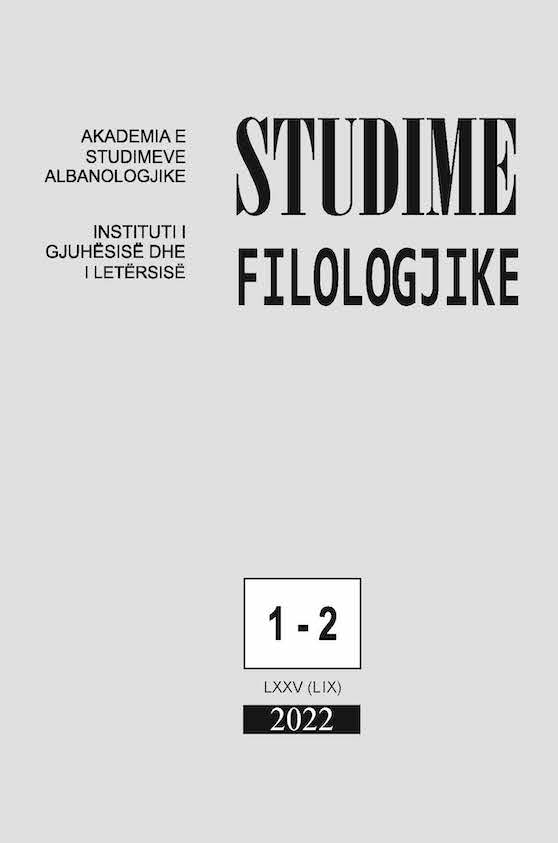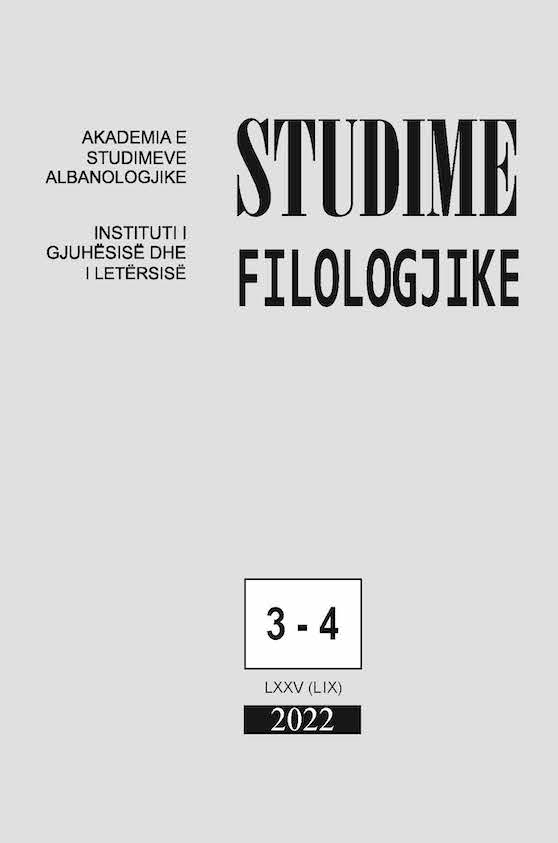Author(s): Hajri Shehu / Language(s): Albanian
Issue: 01-02/2022
We have already our standard language (using an earlier term: unified literary language). Then, it is the responsibility of our National Dictionary to present this Albanian unified literary language. This responsibility derives from the fundamental lexicographical principle: It is to be codificated the language really used. Thus, the National Dictionary of Albanian has objectively legitimated what exists in the language – first and foremost, the standard, which is the variant of having the most completed and elaborated system. (The comparison is not to be made with the restrictions coming from the size of a certain dictionary). The legitimation comes through the selection of the glossary with all its complexities. Glossary selection is directly connected with the written language. And the written language is a unifying factor. To this rank is also the spoken language (the language of radios, televisions, etc.), which cannot be less standard than the written one and less unifying factor. Another fundamental principle strikingly reflected is: The National Albanian Dictionary reflects the trends of the further development of the Albanian language and its lexicon. This development has to do with the further crystallization of the standard. And the present (and previous) development tendency of Albanian is its lexicon intellectualization. This intellectualization comes with the bookish and special lexicon – scientific, technical and technological lexicon. The National Dictionary of Albanian presents this development through the objective selection of the glossary with all its complexities. It is scientifically argued that because of historical and linguistic reasons, the Albanian regional popular speeches (all of them) enrich the standard with words, meanings of words, phraseological units, wise words, etc. With word-building types and means, too. (See, for example, word-formation with - najë: kopshtnajë = orchards, adverbs in -shëm: gëzueshëm = merrily; etc.). This is a scientific lexicological and lexicographical theory elaborated by prof. Androkli Kostallari. The scientific principle is potential literary value of a popular regional unit. The Albanian standard language has both its system and its structure. That’s why, every word included in the Dictionary, i.e., even those of popular regional origin (having, of course, potential literary value) is to be subjugated to its structure, i.e., compulsorily to the norm. Thus, the Dictionary has played an important role in the standardization of such units. Because of the unity of the Albanian language, this standardization has been quite possible. It has had to do chiefly with the phonetic – orthoepic variation, after the popular regional unit identification. Always, within the scheme language – norm – speech and not language – speech – norm.
More...
